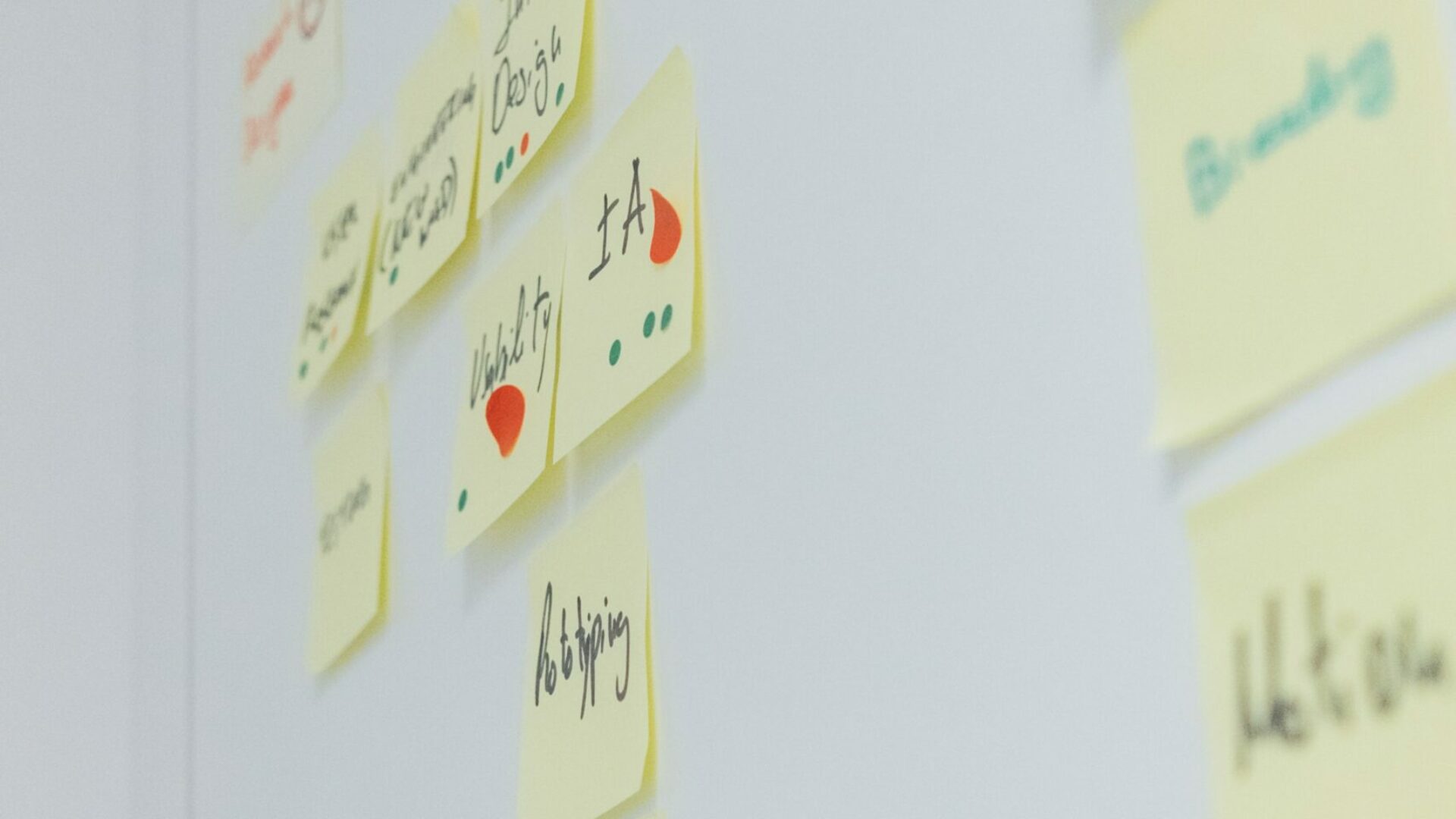Our top tips for digital transformation in 2022
Digital has taken a firm seat in all of our lives across the globe, particularly over the last two years. And with great change comes great expectations particularly for an audience that becomes more adjusted to their online needs. We understand the challenge it can present for many organisations to keep up with this and benefit from ‘the new world’ of digital. That’s why we’ve asked some of our digital specialists to share the most pressing priorities in Design, Web Development and User Experience for organisations in 2022. We hope that this can inspire future digital strategy across organisations by taking the right steps to future-proof your digital products and websites this year.

Here's what our team had to say:

"Inclusivity becomes increasingly integral to design" - Harley, Senior Designer
The topic of inclusion is rapidly gaining more deserved attention within the wider world. And this is impacting more areas than many of us would believe – including how we visually create everyday digital products and websites, by design. Colours, messaging and visual processes which do not take inclusivity of your entire user base into account could in fact be damaging the future of your brand and online product more than you know. Rather than waiting to be caught out, organisations should be prioritising this as a factor within the design development of websites and digital products and ensuring best practice in inclusive design throughout. The reasoning is quite obvious, designing inclusive products enables organisations to expand their user base – leading to higher impact and performance. Carefully considering all types of users and their needs forces designers to make better UX decisions that benefit more people.
It’s a constant learning experience when you take an inclusive approach and one that we have embraced at Studio Republic. For us the inclusive design journey was inspired by Scope’s The Big Hack which aims to help designers and developers improve digital products and services with a library of guides and resources. This led to us creating our own ‘Principles of Inclusive Design’ guide which we use to measure our decisions against and continue to improve as we learn more on our own journey.
You may ask why this should take precedence over your current aesthetic. The more you learn about your users, the more educated you become on different user groups and tailoring designs to their needs and the better your designs perform. And there are so many great resources out there, so it has never been easier to start that journey. We recommend immersing yourself in best practices following the WCAG Guidelines and starting to fold them into your design process. The consequences of not making inclusive design so integral will mean that users gravitate away from using products which fail to meet the required standards to those that have.

"A marked increase in the development of accessible websites" - Billy, Full Stack Developer
We’re met with a rightful priority to make online products and websites accessible for all users and not the privileged few. So much so, in the U.S. there’s been a rise in lawsuits related to digital accessibility. But solving this challenge goes way beyond legal consequences and here’s why.
A low accessibility score runs the risk of neglecting 1 in every 5 people in the UK from sufficiently reaching your online products, services and websites. Accessibility is not a tick box exercise. By not meeting accessibility standards, it can represent a host of problems for users with physical or cognitive impairments that want or need to access your website.
At the start of 2022, government research showed that a shocking 99% of public sector websites did not meet accessibility standards (!). And this issue is not exclusive to the UK – less than 2% of the world’s top million websites provide fully accessible user experiences. Already we see the ripple-effect of companies modifying their user interface to ensure it can tackle accessibility challenges. A great example is LinkedIn’s dark mode switch in 2021, to ensure that their platform is more inclusive to those with visual impairments.
Ideally you would pay an expert to run an accessibility test on your website. Before you do this however, you can run some checks yourself to reveal the extent of any issues. A developer can use automated tools, test your site using a screen reader or load the website and press tab repeatedly and see where the tabbing takes you. If it doesn’t follow a logical order then it can present issues for people using screen readers that use tabs to navigate.
Now is the time for organisations to prioritise and invest in accessibility as standard to ensure they’re inclusive to their entire audience.

"Create digital experiences which make it convenient for users to ‘do good’" - Laura, Marketing Manager
Since the pandemic, tools like QR codes and health apps have played a vital role in keeping people safe, informed and connected; hugely impacting the role of digital within our everyday lives.
As of January 2022, there were 4.95 billion global internet users spending 7 hours on the internet each day, up 1% year-on-year. In the UK, 98% of the adult population are regular users; spending an average of 6 hours online per day (Digital 2022 report, Hootsuite & We Are Social).
With information just a few taps away, consumers grow increasingly aware of global challenges such as the climate crisis. In fact, many are willing to pay more to address their environmental concerns across the UK (57%), US (58%), Australia (53%) and Germany (60%) (YouGov, 2022).
Companies are experiencing the value of tech and how it can provide a more conscious brand experience for audiences. Google is providing end-to-end solutions, such as eco-friendly travel routes on Maps. NFP organisations are finding creative ways to involve audiences in digital marketing campaigns. A great example is Shelter’s “Fireplace” YouTube campaign which invited supporters to watch a crackling fireplace, with ad revenue going directly to the cause.
I would advise marketers to design their digital service to be innately conscious. Things to consider in brief; modernise your back office, update your policies & messaging and plan creative ways to engage audiences with sustainable solutions during their user journey. Now is the time to deliver the goods, sustainably!

